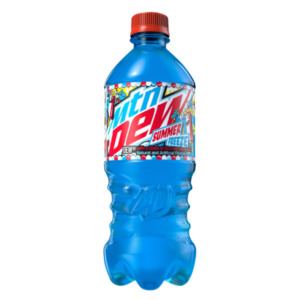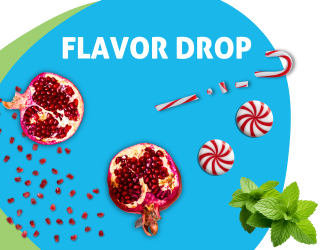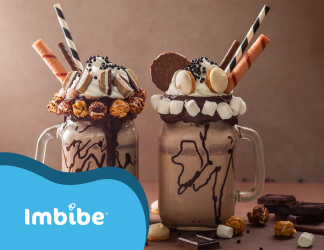
In the thick of developing a food or beverage product, there are many decisions to be made. One of the most obvious and vital areas of concern is what will either attract or deter a consumer from purchasing. The old saying “you eat with your eyes first” is said for a reason, since eating and drinking involves a full sensory experience by the consumer. This adage holds even more true in the age of Instagram and TikTok. We’ve discussed the addition of color to beverages in past posts, but with shifting lifestyles and consumer demand for more food and beverages with cleaner labels and functional ingredients, the choice of artificial, natural colors or going colorless may be important in order to stay relevant with your target audience.
- “Artificial colors,” more accurately referred to as certified colors by the FDA, are man-made and petroleum-based. Examples of certified colors are synthetic dyes like blue #1, yellow #5, and red #40. Benefits of using certified colors include that they are less expensive, have a longer shelf life, and can withstand manufacturing conditions like heat, shear, and oxygen exposure. Because artificial colors most likely won’t affect taste and will maintain their intensity longer than natural colors, they can be added to a formula towards the end of the beverage development process.
- “Natural colors,” or colors that are exempt from certification, come from natural sources such as vegetables, minerals, spices, or animals. If you are concerned with creating a product with a clean label, using natural colors may be the right decision for your brand.
-
- There are twenty-six exempt from certification colorants including dehydrated beet and purple carrot for purple, chlorophyll for green, spirulina or blue algae for blue, and carmine, made from cochineal scale, for red (or strawberries for a vegan source if insect extract doesn’t track with your customers). Colors that are exempt from certification are an important component of clean label products. Therefore, it’s important to understand how certain ingredient modifications will impact the product, and to decide to use colors that are exempt from certification at the beginning of the beverage development process. These types of ingredients can be a little more challenging to formulate with because they are more sensitive to fading due to heat and light, require refrigeration, and can affect the taste of a product. Despite these challenges, there are certainly methods to protect the integrity of the product when formulating with these colors, like using masking agents and packaging with a UV barrier.
Most beverages are colored artificially with natural or synthetic colors to maintain the color intensity consumers have come to expect. That is, consumers are trained from an early age to believe that color represents the flavor profile, authenticity of ingredients, freshness, and overall quality of a beverage. For that reason, it’s important to consider appearance and source of colorants to achieve the ideal experience for your target audience.
If you have additional questions about developing products with natural or artificial colors or are curious about how sensory and consumer insights can better inform decisions you need make during the development process, email us at marketing@imbibeinc.com to talk to our product development experts.
Check out what we had to say about this topic back in 2018



